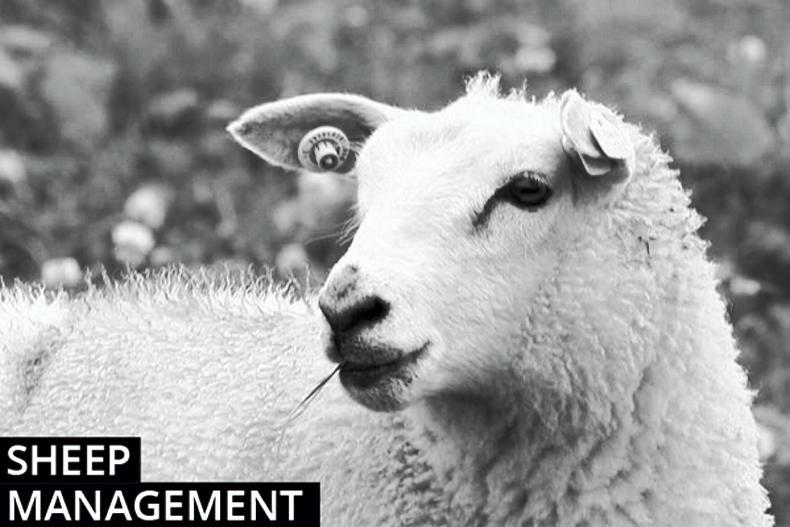Many highly stocked farms are faced with earlier housing of ewes, as reflected in the report on the Athenry demo flocks. There are a few management practices that will reduce housing issues.
Current weather is providing ideal conditions to get ewes housed dry. This should be taken advantage of if at all possible and it will also have the added advantage of allowing earlier shearing if relevant. Particular attention should be placed on identifying any ewes with lameness. Those showing any signs of problems should be removed from the main batch of ewes and housed separately for treatment or retained outdoors until any health concerns have been addressed. Ideally, all ewes will be footbathed prior to housing.
It is also worth checking water troughs as, in many cases, there will not have been movement in ballcocks since last March/April. A seized ballcock will prevent access to water but of equal importance is a situation of a trough emptying and the ballcock not preventing water flow once refilled, resulting in a flooded pen. This can be prevented by cleaning troughs, checking for any wear in ballcocks or seals and watching that troughs refill a number of times.
Dispatch documents
Lambs purchased as stores earlier in the year are now being presented for resale at marts or slaughter. Remember, where lambs are from mixed origins, the full 12-digit tag number (identifier and individual number) needs to be recorded in full on the dispatch document.
Read more
Ten top tips for winter flock management
Sheep management: scab and lice
Many highly stocked farms are faced with earlier housing of ewes, as reflected in the report on the Athenry demo flocks. There are a few management practices that will reduce housing issues.
Current weather is providing ideal conditions to get ewes housed dry. This should be taken advantage of if at all possible and it will also have the added advantage of allowing earlier shearing if relevant. Particular attention should be placed on identifying any ewes with lameness. Those showing any signs of problems should be removed from the main batch of ewes and housed separately for treatment or retained outdoors until any health concerns have been addressed. Ideally, all ewes will be footbathed prior to housing.
It is also worth checking water troughs as, in many cases, there will not have been movement in ballcocks since last March/April. A seized ballcock will prevent access to water but of equal importance is a situation of a trough emptying and the ballcock not preventing water flow once refilled, resulting in a flooded pen. This can be prevented by cleaning troughs, checking for any wear in ballcocks or seals and watching that troughs refill a number of times.
Dispatch documents
Lambs purchased as stores earlier in the year are now being presented for resale at marts or slaughter. Remember, where lambs are from mixed origins, the full 12-digit tag number (identifier and individual number) needs to be recorded in full on the dispatch document.
Read more
Ten top tips for winter flock management
Sheep management: scab and lice






 This is a subscriber-only article
This is a subscriber-only article





SHARING OPTIONS: